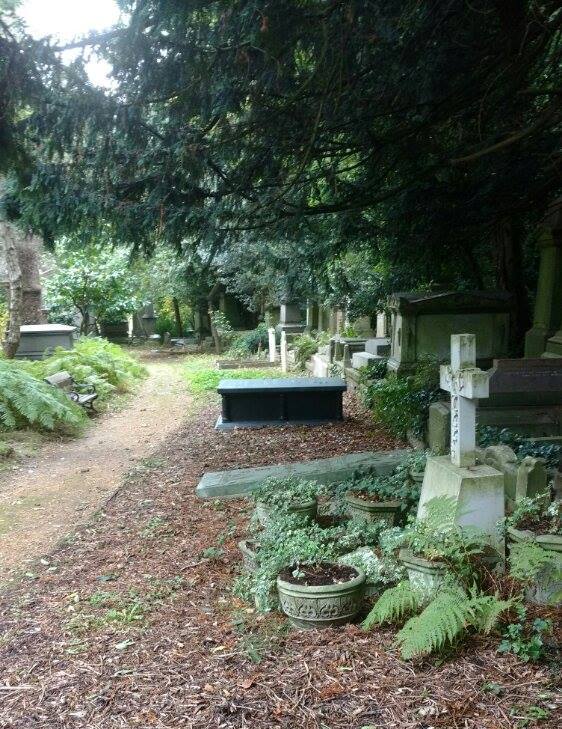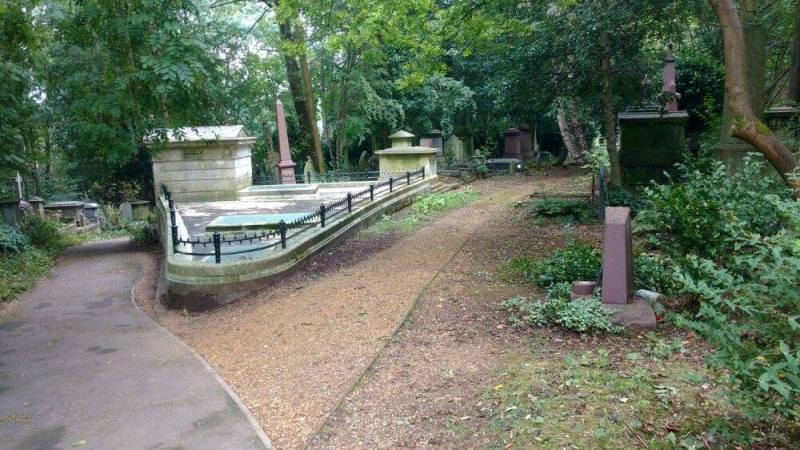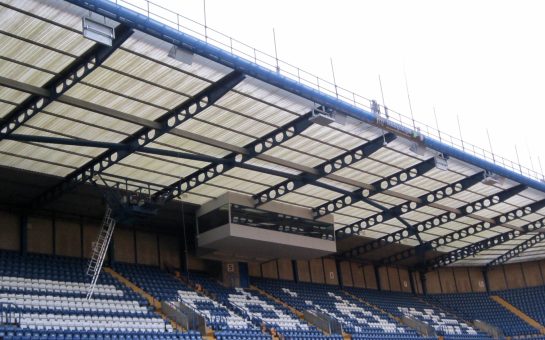Nestled atop Swain’s Lane in north London and standing since 1839, Highgate Cemetery is one of the UK’s most striking resting places.
Home to 57,000 graves, Highgate is part of the ‘Magnificent Seven’ handful of cemeteries that surrounded London’s outer suburbs in the nineteenth century.
Overcrowding in the capital’s graveyards was behind the creation of the Magnificent Seven, and Highgate became a rare refuge from noisy streets and smoky chimneys.
“It was a novel private solution to a very public problem: how to dispose of the dead of the burgeoning metropolis,” said Ian Kelly, chairman of the Friends of Highgate Cemetery Trust which manages the site.
Ian, who has volunteered at Highgate for almost 40 years and conducts guided tours of Highgate’s West Cemetery, knows the site like the back of his hand. And he has experienced a lot during his career at the cemetery.
During one guided tour, he unceremoniously toppled into a vault after banging on the doors to illustrate to the expectant crowd how sturdy the newly-renovated doors were.
Unbeknown to Ian, their locks had recently been oiled, and the 20 tour-goers looked on in horror as he stumbled between the coffins.
“I will never forget the look of shock and amazement on the faces of the visitors as I desperately tried to regain my composure,” he said.

Connected by a subterranean tunnel, Highgate West gained a sister cemetery – Highgate East – in 1854.
Quixotic and tragic tales lie behind Highgate’s silent population.
Just off the meandering path that winds around the cemetery is the grave of a 19-year-old girl whose bustling dress, characteristic of the Victorian era, caught fire.
Ian explained that such incidents were not uncommon given that Victorian homes were heated with open fires.
Nearby is the grave of Elizabeth Siddal, wife of the Pre-Raphaelite Brotherhood co-founder Dante Gabriel Rossetti.
Rossetti buried his wife with unpublished poems he had written in 1862, but had her coffin exhumed seven years later to retrieve them.
Coachman James William Selby also lies in Highgate, his grave adorned with a crossing whip and trumpet.
He gained recognition in 1888 for travelling from London to Brighton and back in the shortest possible time – seven hours and 50 minutes.
As many as 10,000 people reportedly queued at the cemetery to pay their respects to him.

Members of the general public are also keen to find out if their ancestors are buried in Highgate.
“Over recent years there has been an increasing interest in family genealogy, possibly encouraged by television programmes such as ‘Who Do You Think You Are?” said Ian.
However, given the sprawling expanse of Highgate and the thousands of graves it accommodates, the process of locating people can be time-consuming.
Highgate is not financially supported by local or central government, so tour fees and the sale of burial space are essential sources of funding, explained Ian.
“All our income is dedicated to the conservation, restoration, maintenance and upkeep of the cemetery,” he said.
Though Highgate initially provided much-needed burial space in London, it soon became as densely packed as other graveyards.
“As the cemetery filled up it became uneconomical to run, maintenance was neglected and nature started to take over,” explained Ian.
“When the owing company went into liquidation in 1975 it had become an impenetrable jungle.”
However, due to the hard work of the Friends of Highgate Cemetery Trust, today Highgate is well-maintained and a peaceful oasis for relatives to visit their loved-ones and visitors to marvel at the stunning surroundings.




